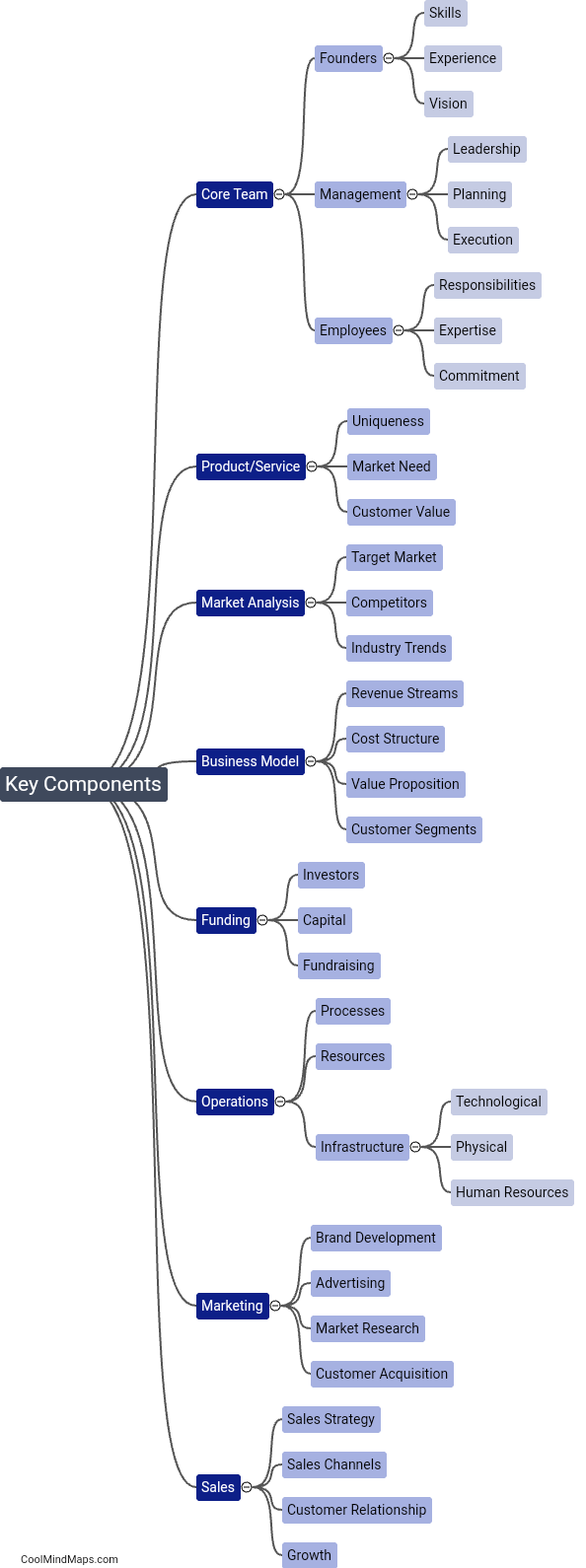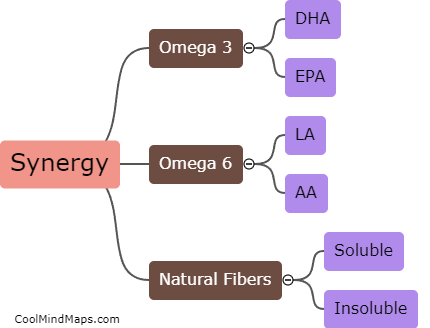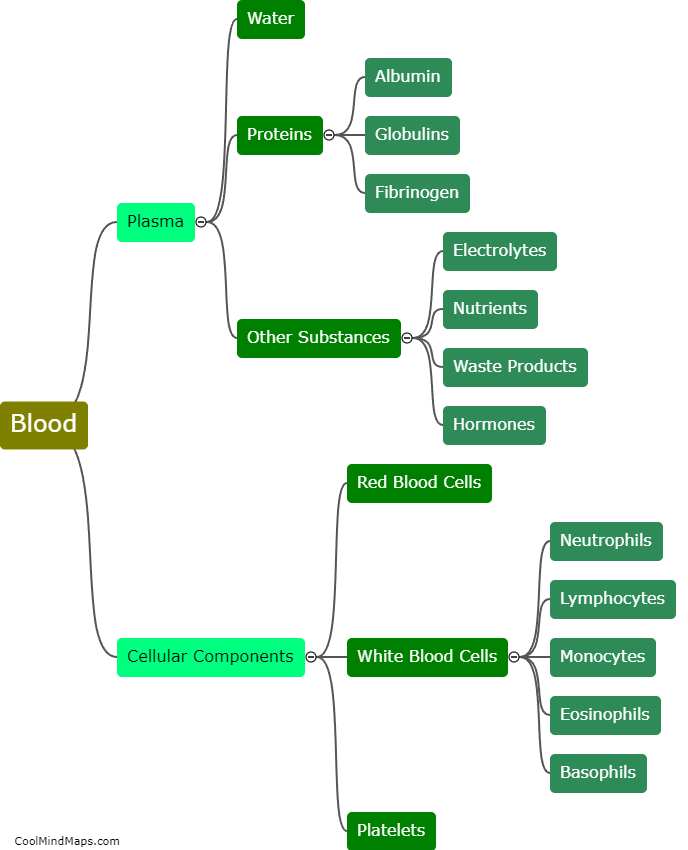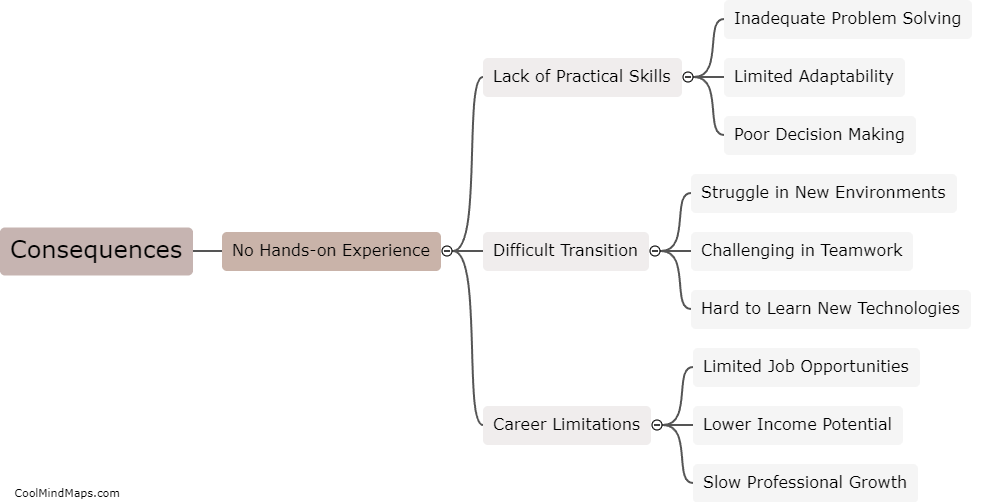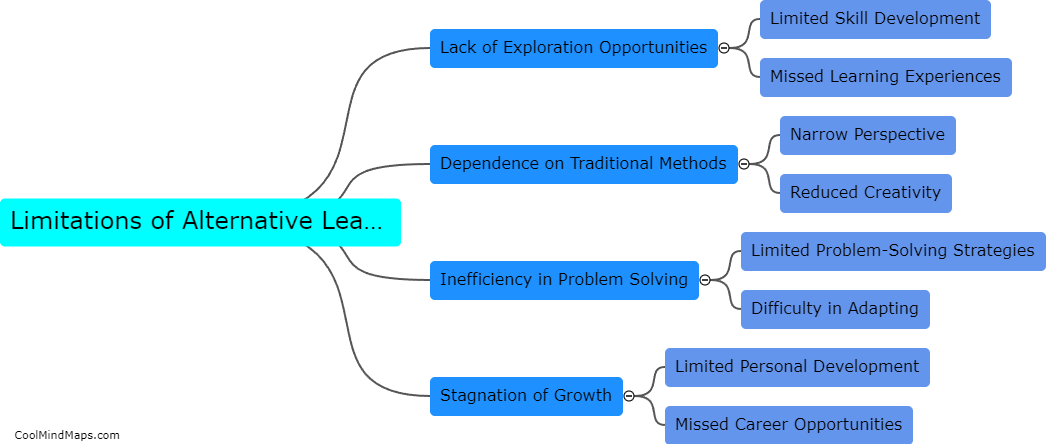What are the consequences of not having enough tools/equipment for practical learning?
Not having enough tools and equipment for practical learning can have significant consequences. Firstly, it limits hands-on experiences, which are crucial for understanding and retaining knowledge. Without the necessary tools, students may struggle to grasp complex concepts and theories, leading to a shallow understanding of the subject matter. Additionally, insufficient tools can hinder the development of important practical skills, leaving students unprepared for real-world applications. This can be particularly detrimental in fields that require technical expertise, such as engineering or medicine. Furthermore, a lack of tools and equipment can demotivate students, as they may feel frustrated and disengaged from the learning process. Overall, the consequences of inadequate tools and equipment for practical learning can negatively impact students' overall academic performance and future success in their chosen fields.
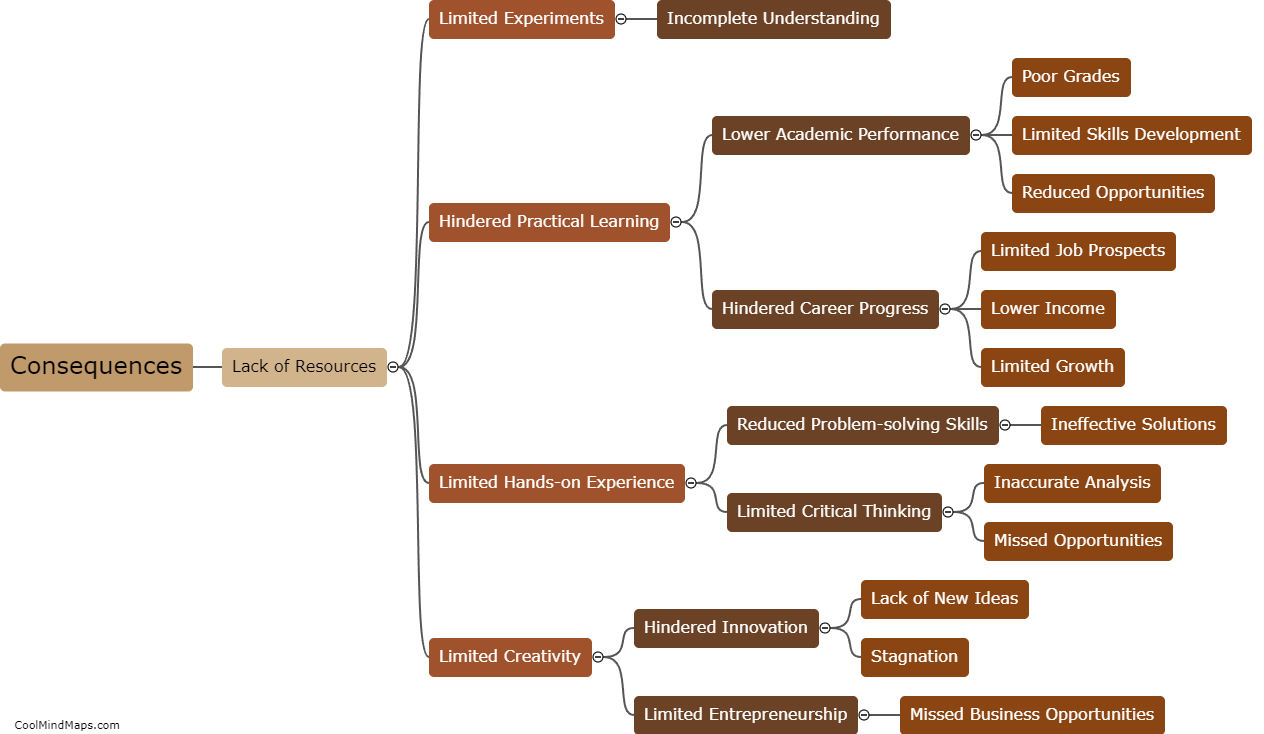
This mind map was published on 19 November 2023 and has been viewed 99 times.
